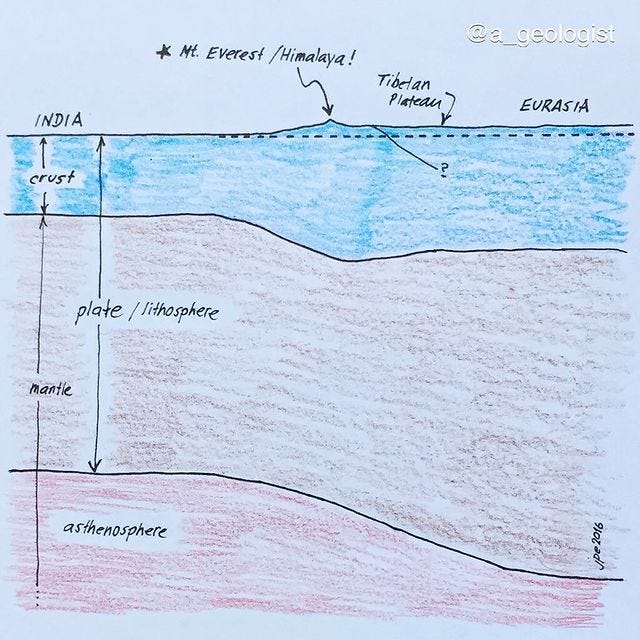The Foundation: Embedding Writing Skills in Communication-Intensive Courses
This fundamental skill transcends traditional boundaries, connecting speaking, visual communication, technology, and critical thinking in a dynamic and evolving landscape.
One of the great things about Communication-Intensive (C-I) teaching is that it emphasizes practice and learning in four core modes of communication—written, spoken, visual, and technological. Unlike writing-intensive courses, though, C-I classes embrace multimodal communication, offering opportunities for students to learn in at least two of these modes. We’ll dive into the benefits of multimodal communication in future posts, but for now, let’s start with how communication skills for each mode can be embedded into coursework.
And where better to start than with writing?
“Words can be like X-rays if you use them properly—they’ll go through anything. You read and you’re pierced.”
—Aldous Huxley, Brave New World
Writing has been at the heart of higher education for centuries, dating back to when learning meant mastering Latin and Greek. Writing in the Disciplines (WID) and Writing Across the Disciplines (WAC) programs have elevated writing as a skill, recognizing the importance of discipline-specific genres and embracing multiple forms of writing. From the rise of WAC in the 1970s to the research around High-Impact Practices (HIPs) in recent years, educators continue to explore how we can help students sharpen the communication skills that today’s society demands. Writing still reigns as one of the most prevalent modes of communication in university classrooms because of its versatility.
Writing, in many ways, is all the modes rolled into one:
Writing is speaking. When we write, we’re simply speaking through a page instead of with our voices. The best speeches often start as written texts, and we even describe writing using terms like "voice," "tone," and "mood"—all things an audience picks up on when listening to someone speak. And, of course, writing extends conversations over time, giving thoughts a kind of permanence that spoken words don’t have.
Writing is visual. It’s a series of marks on a medium that we perceive through sight, making it visual by nature. Plus, writing today rarely exists in isolation from visual design—fonts, layout, and even how text interacts with images matter. And let’s not forget how good writing creates mental imagery. Words can evoke all our senses—taste, touch, smell, sound. A well-written poem can make us feel weak-kneed just as much as a striking image can.
Writing is technology. From pen and paper to word processors and digital design tools, the very act of writing is entwined with technology. Even language itself—the syntax, grammar, and structure we rely on—is a kind of technology that lets us record and share thoughts.
Writing is thinking. It’s the tangible form of thought, and unlike spoken words, written words can be revised, polished, and improved. Writing allows us to explore our own ideas, question our assumptions, and refine our thinking. It’s a tool for critical reflection, and that’s a skill every employer values.
See this sketch shared by @a_geologist on Instagram. The visual is only helpful when accompanied by text. It’s a great example of how the writing mode intersects with other modes to support communication.
In classrooms, writing can take on many forms: reflection journals, academic papers, blog posts, discussion boards, Wikipedia entries, white papers, and website content, to name just a few. Each discipline approaches writing differently, considering the audience, the purpose of the message, and how the messenger presents themselves. For instance, creative expression might take center stage in a poetry class, while a science paper demands objectivity and a more formal tone. As C-I instructors, we guide students through these varied expectations, teaching them how to adapt their communication style to the task at hand.
And then there’s generative AI—an exciting (and maybe a little intimidating) new tool that’s changing how we think about writing in college courses. Many scholars are researching, writing, and thinking about how these tools are changing writing conventions and how we teach writing. We’ll definitely be talking more about AI and its role in communication in future posts.
But for now, we’d love to hear from you! What’s your experience been like teaching writing in your courses? What challenges have you faced? How are new technologies like AI shaping your approach? And most importantly, how do you think writing deepens your students' understanding of the course material?
Let’s keep the conversation going!


